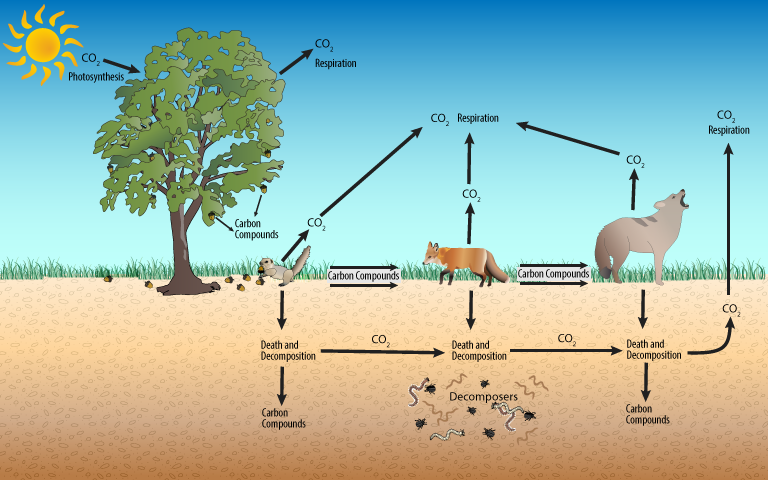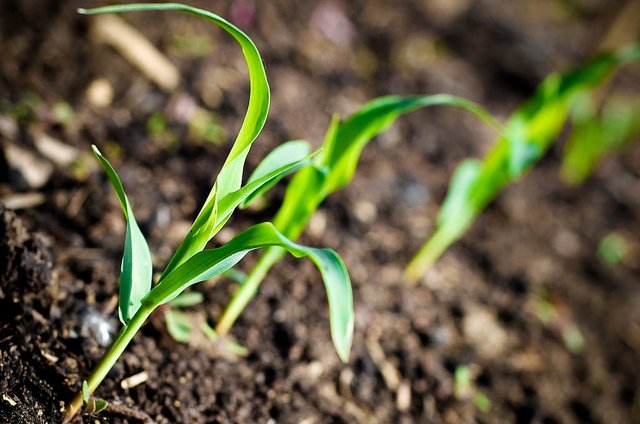Carbon Fight
It is not usual to think of soils in the context of climate change. Policy is usually focussed on reducing greenhouse gas (GHG) emissions from the electricity sector, transport and industry. There has, however, been a renewed interest in understanding how soils can serve as a sink for carbon dioxide since atmospheric concentrations of carbon dioxide have crossed 410 parts per million and oceans are already turning acidic. Besides, increasing soil carbon offers a range of co-benefits and this would buy us time before other technologies can help us transition to a zero-carbon lifestyle.

Significant carbon pools on earth are found in the earth’s crust, oceans, atmosphere and land-based ecosystems. Soils contain roughly 2,344 Gt (1 gigatonne = 1 billion tonnes) of organic carbon, making this the largest terrestrial pool. Soil organic carbon (SOC) comes from plants, animals, microbes, leaves and wood, mostly found in the first metre or so. There are many conditions and processes that determine changes to SOC content including temperature, rainfall, vegetation, soil management and land-use change.

Many benefits
Increasing SOC through various methods can improve soil health, agricultural yield, food security, water quality, and reduce the need for chemicals. Changing agricultural practices to make them more sustainable would not just address carbon mitigation but also improve other planetary boundaries in peril such as fresh water, biodiversity, land use and nitrogen use.
Currently, the world is on a path to be about 3ºC warmer than pre-Industrial times even if there was follow through on all the commitments made at the Paris climate conference in 2015. The aim of the global community is to try and stay below 1.5ºC, which is a very tall order since current average temperatures are already about a degree higher.
Approaches to increase SOC include reducing soil erosion, no-till-farming, use of cover crops, nutrient management, applying manure and sludge, water harvesting and conservation, and agroforestry practices. Rattan Lal from Ohio State University estimates that an increase of just 1 tonne of soil carbon pool of degraded cropland soils can increase crop yield by several kilograms per hectare. Moreover, carbon sequestration in soils has the potential to offset GHG emissions from fossil fuels by up to 15% annually. In contrast, it has been estimated that SOC in India has reduced from 30% to 60% in cultivated soils compared with soils that are not disturbed.

Source Courtesy :The Hindu